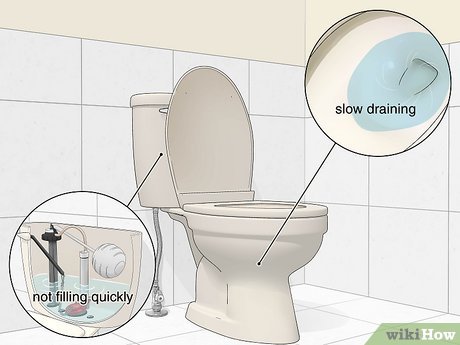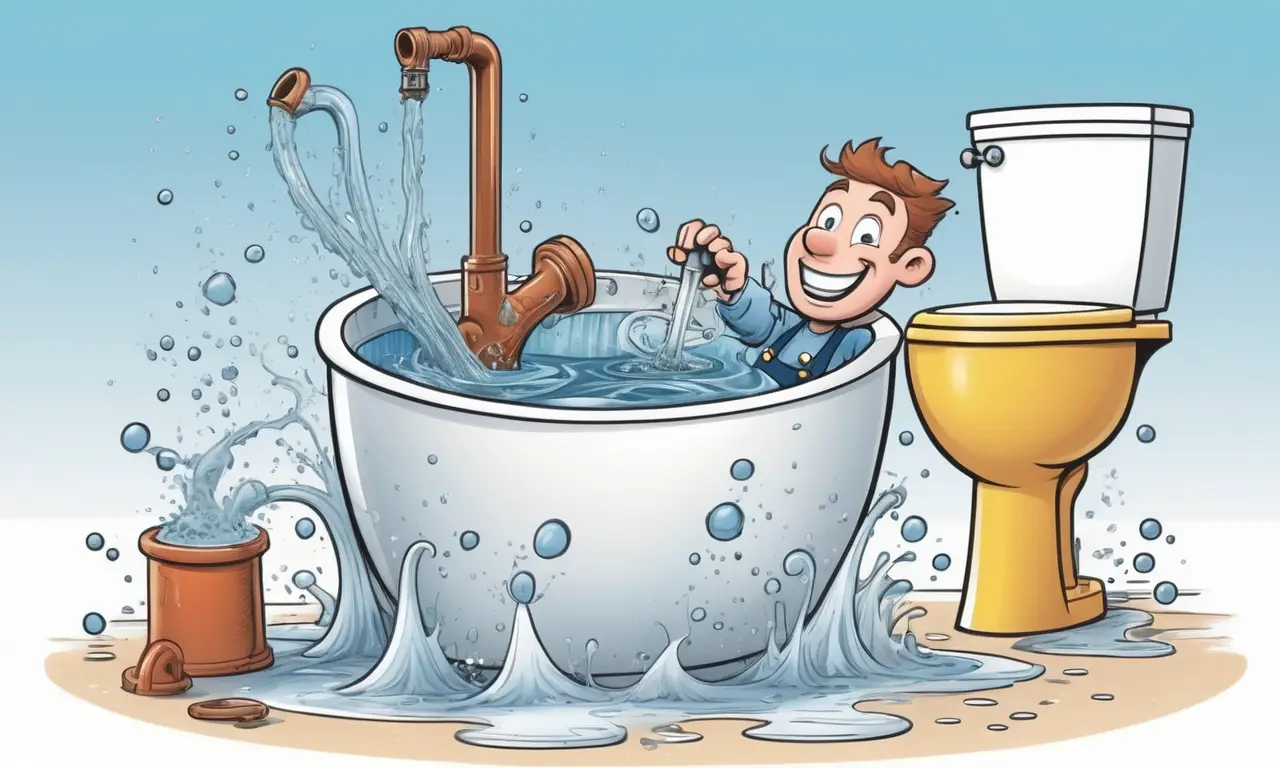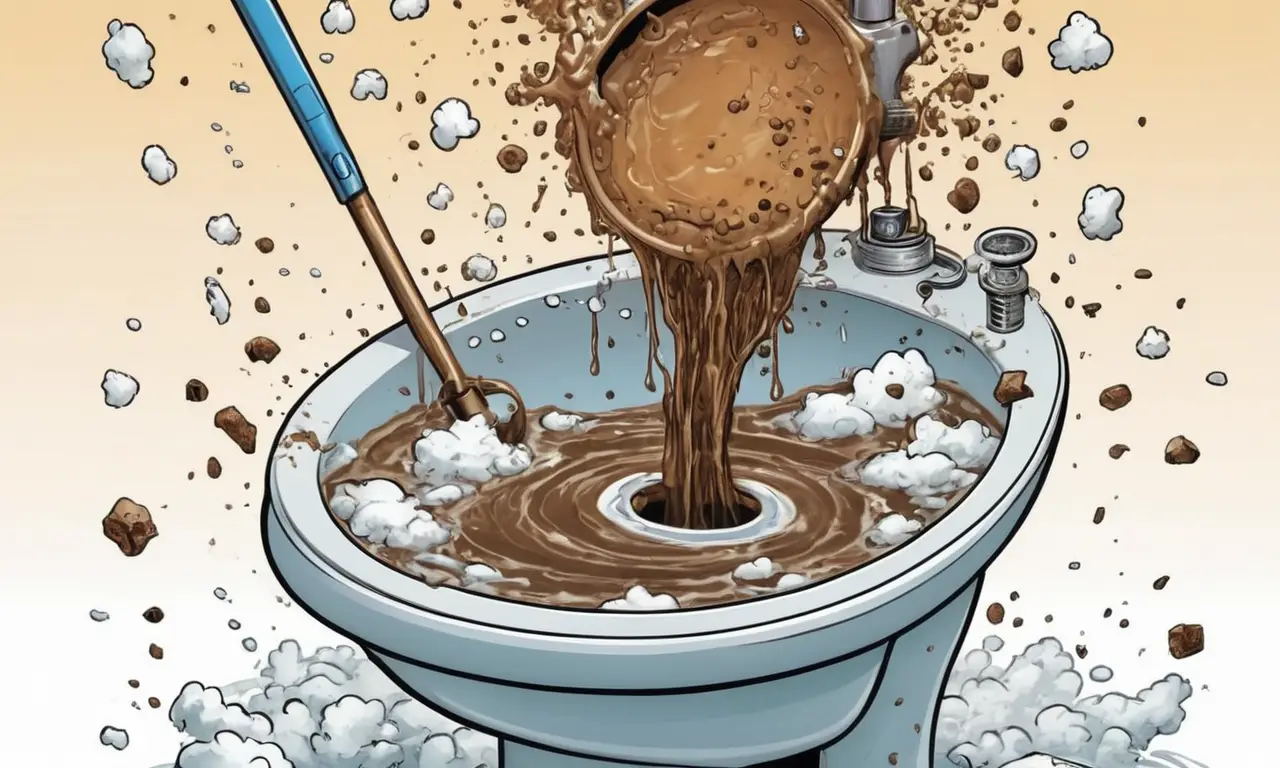
Dealing with a toilet that drains slowly but won’t flush can be incredibly frustrating. This common plumbing issue disrupts your daily routine and leaves you wondering what to do next. Luckily, understanding the potential causes of this problem is the first step towards finding a solution.
This article will delve into the most common reasons behind a slow-draining toilet that won’t flush effectively. We’ll explore potential culprits like clogs, flapper valve issues, and other factors contributing to this frustrating situation. By the end, you’ll have a better understanding of how to diagnose the problem and potentially fix it yourself or know when to call in a professional plumber.
Slow Toilet Drain Causes
A slow-draining toilet that won’t flush is often a symptom of an underlying plumbing issue. The most common culprits are blockages within the drainpipe or malfunctions with the toilet’s internal components, particularly the flapper valve responsible for controlling water flow.
These issues can arise from various sources, including excessive toilet paper use, flushing non-flushable items, mineral buildup, and even tree roots encroaching on sewer lines. Identifying the specific cause is crucial for determining the most effective solution.
Common Clog Culprits

Clogs are a frequent culprit behind slow-draining toilets that won’t flush effectively. These blockages can occur anywhere within the drainpipe, from the toilet bowl itself to the main sewer line.
What Causes Toilet Clogs?
- Excessive Toilet Paper: Using too much toilet paper at once can overwhelm the drainpipe and lead to a clog.
- Non-Flushable Items: Flushing anything other than human waste and toilet paper, such as feminine hygiene products, wipes, diapers, or cotton balls, is a major cause of clogs. These items don’t break down easily and can accumulate in the pipes.
- Grease and Fats: Pouring grease or fats down the drain can solidify over time and create a sticky blockage that traps other debris.
Identifying Clogs
Signs of a clog include:
- Slow draining water
- Gurgling sounds from the toilet bowl
- Water backing up into the bowl
- A foul odor emanating from the toilet
Flapper Valve Problems
The flapper valve is a crucial component within the toilet tank that controls the flow of water into the bowl. When this valve malfunctions, it can lead to a slow-draining toilet that won’t flush properly.
Flapper Valve Issues
- Worn Out Flapper: Over time, the rubber seal on the flapper can wear down and become less effective at creating a tight seal. This allows water to leak into the bowl constantly, reducing the amount of water available for flushing.
- Damaged Chain: The chain connecting the flapper to the handle can become loose, broken, or tangled, preventing the flapper from closing properly.
Signs of Flapper Valve Problems:
- Toilet constantly refilling
- Weak flush
- Water level in the tank too low
DIY Toilet Drain Fixes

Fortunately, many common toilet drain issues can be addressed with simple DIY fixes.
Plunger Power
A plunger is a versatile tool for clearing minor clogs. Ensure a good seal around the toilet bowl opening and plunge vigorously up and down several times. This creates pressure that can dislodge the blockage.
Baking Soda and Vinegar Solution
This natural cleaning method can help break down organic matter causing clogs. Pour 1 cup of baking soda into the toilet bowl, followed by 1 cup of vinegar. Let the mixture fizz for 30 minutes, then flush with hot water.
Check the Flapper Valve
Inspect the flapper valve for signs of wear and tear or damage. Replace a worn-out flapper or adjust the chain connection if necessary.
When to Call a Plumber
While DIY fixes can often resolve common toilet drain issues, there are instances when professional help is required.
Signs You Need a Plumber:
- Persistent Clogs: If repeated attempts at clearing the clog with a plunger or other methods fail, it’s time to call a plumber. They have specialized tools and expertise to tackle stubborn blockages.
- Multiple Toilets Affected: If several toilets in your home are experiencing slow drainage, it could indicate a problem with the main sewer line, requiring professional attention.
- Sewage Backup: A sewage backup is a serious issue that requires immediate professional intervention.
Conclusion
A slow-draining toilet that won’t flush can be a frustrating and inconvenient plumbing problem. By understanding the common causes, such as clogs and flapper valve issues, you can often diagnose the problem and implement simple DIY fixes. However, if persistent issues arise or you suspect a more complex problem, it’s best to consult a qualified plumber for professional assistance. Remember, addressing toilet drain problems promptly can prevent further damage and ensure your plumbing system functions efficiently.
